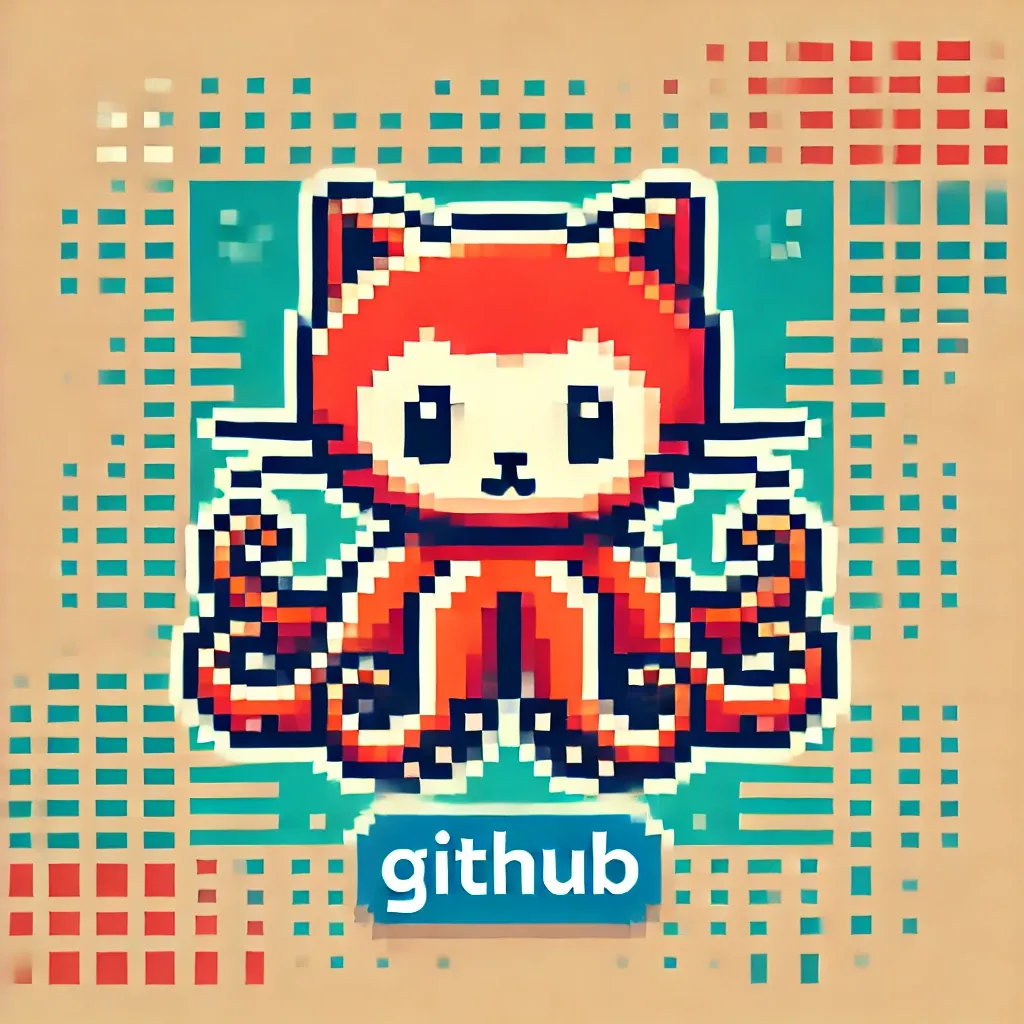Table of Contents
- Introduction
- Terminal and IDE
- Base Project Creation
- Push the New Project to GitHub
- A Quick Test Ride
Introduction
💻 HACKER Here we will be creating a new and general Rust project using the cargo
command tool. After that, we will ensure that our project is backed up
and version controlled within a new and remote GitHub repository.

Terminal and IDE
Let’s make two assumptions going forward. You know and are able to use a:
-
Terminal emulator - A program that provides a text-based interface for interacting with a computer’s operating system, similar to a command prompt or terminal window.
- iTerm for MacOS
- PowerShell for Windows
- Terminal for Linux
-
Integrated Development Environment (IDE) - a software application that provides comprehensive facilities to computer programmers for software development, including a source code editor, build automation tools, and a debugger, all in one graphical user interface.
- Visual Studio Code
- JetBrains RustRover
- NeoVim
If you do not, please take a detour and check out how to access, set up, or use the terminal or an IDE on your computer.
Base Project Creation
Let’s open a local terminal on your computer and change directory into where you want this project to be on your computer. This will probably be somewhere in your home directory.
TIP
Let’s stay organized and let’s create a projects directory in your home directory.
# Create a projects directory# Note that the OS will know that $HOME is the home directory locationmkdir -p $HOME/projects/
# Change current directory to the project directorycd $HOME/projects/Next, the magic happens. We will generate a new, simple, general, and ready Rust project
using cargo.
# Create a general Rust projectcargo new big-button
# Change current directory into created project directorycd big-buttonCool! This is the file and directory outline of what we just did.
.├── Cargo.toml # Rust dependency manifest├── .git # git directory├── .gitignore # Items ignored by git└── src └── main.rs # Simple hello world programNote that the templated project we just created includes version control using
git, while automatically adding a .gitignore
file, telling git which files and directories to not version control.
NOTE
This little cargo command can be used for any other Rust project you want to
start from scratch.
Push the New Project to GitHub
Having your project stored locally is perfectly fine, however in most cases you want to have your project safely stored somewhere externally on the internet. While there are many different public and self-hosted services available to do this, we will choose to store and version-control our project in GitHub.

To create a new blank project repository in GitHub, do the following:
- Ensure you are logged into GitHub.com
- Create a new repository by visiting this link
- Add the new repository details:
- Repository Name: big-button
- Description: This embedded project from this one random online tutorial
- … Everything else leave as is.
- Select “Create repository”
Now we have a brand-spanking-new GitHub repository for our project! Next we will have to connect our local Rust project to this remote repository.
TIP
If you are not familiar or comfortable with git and version control, please
take some time and learn it. Here are two good resources for a start:
- How Git Works: Explained in 4 Minutes YouTube Video
- Getting Git right by Atlassian
The following commands are executed locally within your project’s directory. This is the
directory your files like Cargo.toml are.
# Add the remote GitHub repository address as a connection# Remember to change the "GITHUB_USERNAME" partgit remote add origin git@github.com:GITHUB_USERNAME/big-button.git
# Rename the current branch to "main" (some people prefer this)git branch -M main
# Git stage (aka. add) all new changes, files, and directoriesgit add .
# Git commit the staged (aka. added) changes, files, and directories to the current git branch (main)git commit -m "my initial commit"
# Send this current/local branch to the remote GitHub.com repositorygit push -u origin mainAfter this, if you go to your new remote repository on GitHub.com, you should see your rust project files there!
Awesome! After this we are free to push and save any changes to this remotely hosted GitHub repository.
A Quick Test Ride
Let’s run the following terminal command within our local project’s root directory.
# Compile and then run our Rust program, optimizing for releasecargo run --releaseAnd hopefully after compiling the project and running it, our output looks like the following.
Compiling big-button v0.1.0 (/home/you/projects/big-button) Finished `release` profile [optimized] target(s) in 0.09s Running `target/release/big-button`Hello, world!Note, right now our Rust project has nothing to do with our embedded device. This is a very general “hello world” starter setup.
OK! Easy enough. Let’s move on and configure this project for our embedded project.